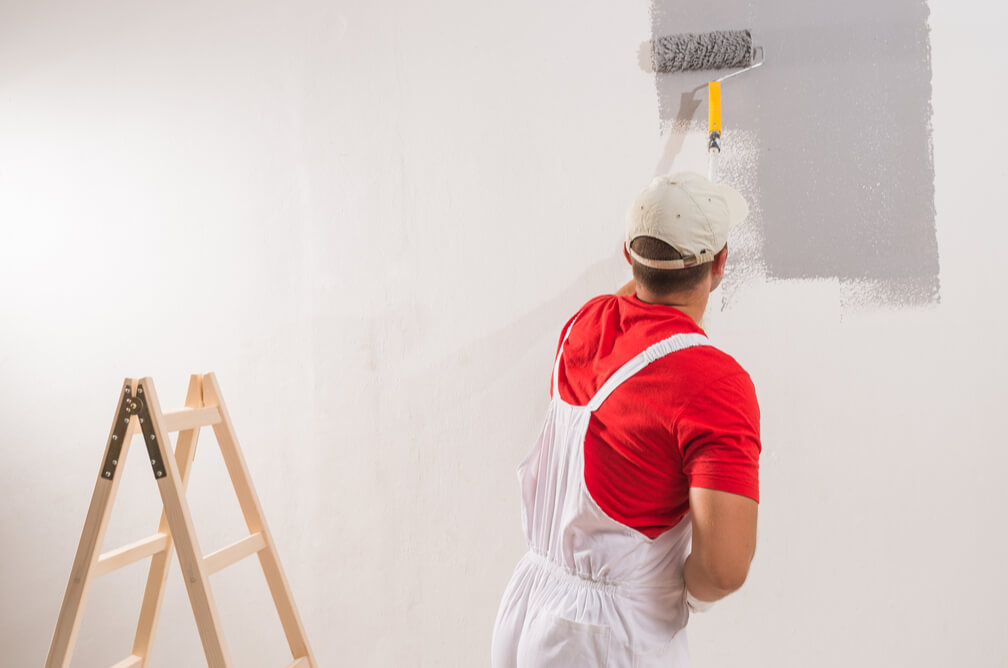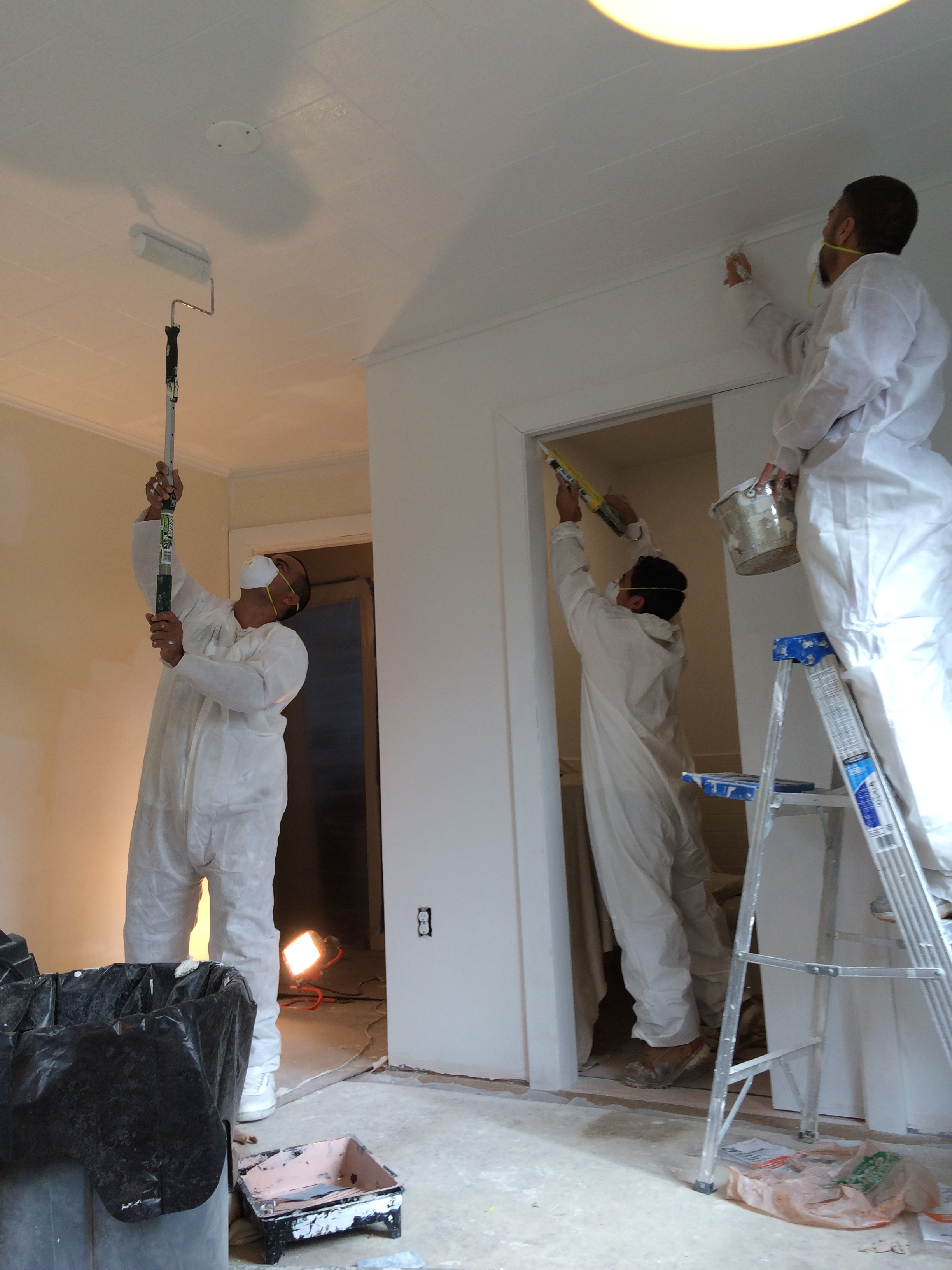Reliable Lakewood Interior Painting Services for Long-Lasting Results
Reliable Lakewood Interior Painting Services for Long-Lasting Results
Blog Article
Enhance Your Inside Style With Comprehensive Shade Examination
The assimilation of color examination right into interior decoration presents a distinct opportunity to improve and elevate the aesthetic and emotional resonance of a room. By involving with a seasoned shade expert, you can browse the complexities of shade option, making certain that your options not only complement building attributes however likewise resonate with individual design and mental impact. This strategic collaboration can considerably affect the overall atmosphere of your atmosphere, promoting a sense of harmony and function. However, recognizing the subtleties of this process is crucial-- what essential aspects should be taken into consideration to achieve optimum results?
Advantages of Color Examination

In addition, color consultation aids in taking full advantage of natural light and maximizing spatial understanding. Lighter tones can make an area show up even more extensive, while darker tones create an intimate setup. Cleveland Metro Painting Specialists. This critical application of color can dramatically affect the total atmosphere of any indoor room
In addition, expert experts possess a comprehensive understanding of present fads and ageless classics, guaranteeing that the picked colors will certainly stay appealing gradually. This foresight can save clients from pricey redesigns in the future. Ultimately, shade appointment encourages clients by supplying them with a clear vision and direction, fostering confidence in their design selections and inevitably leading to an extra effective and enjoyable interior style result.
Understanding Color Psychology
The importance of shade psychology in interior decoration can not be overstated, as it dives into the psychological and mental effects that numerous hues can stimulate in individuals. Colors can influence state of mind, habits, and also efficiency, making them a critical consideration in any kind of layout task.
For circumstances, warm shades such as red, orange, and yellow are typically connected with power and heat. They can promote feelings of enjoyment and comfort, making them ideal for social spaces like living areas or cooking areas. On the other hand, amazing colors like blue, environment-friendly, and purple have a tendency to stimulate calmness and tranquility, making them perfect for rooms or meditation locations.
In addition, using neutral tones can produce a balanced environment by permitting the bolder shades to stand apart without frustrating the detects. Comprehending these mental effects enables designers to develop areas that not just look aesthetically pleasing but additionally promote psychological well-being.
Integrating color psychology into indoor design entails a thoughtful choice of hues customized to the designated function of each room, inevitably boosting the overall experience for its occupants. This understanding is crucial for achieving a functional and harmonious indoor atmosphere.
The Color Wheel Described
Understanding the connections in between tones is essential for reliable interior decoration, and the color wheel functions as an important tool in this procedure. The shade wheel, created by Isaac Newton in the 17th century, highlights the range of colors prepared in a circular style. It consists of primaries-- red, blue, and yellow-- that can not be produced by mixing other colors. Additional colors, created by integrating primaries, include environment-friendly, orange, and purple. Tertiary colors arise from mixing a key and a second shade, leading to tones such as red-orange and turquoise.
The shade wheel helps developers comprehend the connections in between colors, consisting of corresponding, comparable, and triadic plans. Complementary colors, positioned contrary each other on the wheel, develop vibrant contrasts that can invigorate a room. Comparable colors, situated beside one another, supply a natural and unified look. Triadic plans make use of three equally spaced read what he said colors, providing equilibrium and visual interest.
Using the color wheel in interior decoration not only enhances aesthetic appeal however also evokes details feelings and ambiences, making it an essential recommendation for shade consultation. Comprehending these partnerships eventually equips developers to create areas that are both visually fascinating and useful.
Choosing the Right Combination
Usually, choosing the ideal combination is a crucial consider accomplishing a successful indoor layout job. An appropriate shade plan can link a space, improve its functions, and evoke preferred feelings. To begin, think about the objective of the room. Different rooms offer varied features and call for palettes that show their designated use; for example, peaceful shades such as soft blues or eco-friendlies function well in rooms, promoting relaxation.
Next, consider the all-natural light readily available. Light can dramatically alter how shades show up, so it is necessary to assess the area at various times of the day. Additionally, consider existing building elements and home furnishings. A harmonious combination needs to enhance these attributes, creating a natural look throughout the area.
When selecting shades, utilize the 60-30-10 regulation, which recommends that 60% of the area should be a leading color, 30% a second shade, and 10% an accent shade. This ratio makes sure equilibrium and visual rate of interest (Cleveland Metro Painting Specialists). Sample shades on the wall surfaces prior to committing, as this permits you to see just how the colors interact with one another and the overall setting they develop in your interior layout project.
Dealing With a Shade Professional

When functioning with a shade consultant, the procedure generally starts with a preliminary examination. During this meeting, you'll discuss your vision, preferences, and the existing components in your area. The expert will analyze your needs and might advise specific color palettes that align with your goals.
After establishing an instructions, the specialist will certainly supply examples and visual aids to aid you envision the suggested color pattern. This action is vital, as colors can appear in different ways under varying lighting conditions.
Additionally, a shade consultant can click to investigate guide you in selecting corresponding home furnishings, artwork, and devices to integrate with your picked scheme. By teaming up closely, you can achieve a polished visual that raises your interiors and creates an inviting ambience. Eventually, the experience of a shade specialist can substantially enhance the general influence of your design job.
Verdict
In recap, extensive color appointment offers as an essential tool for enhancing indoor style. By leveraging specialist expertise of color psychology and spatial dynamics, a customized shade combination can be developed to evoke details feelings and develop an unified environment. This critical strategy not only cultivates a natural design story but likewise minimizes the threat of expensive redesigns. Ultimately, engaging with a shade expert makes certain an educated and cosmetically pleasing result, raising the general experience of the space.
By engaging with an experienced shade visit here professional, you can navigate the complexities of shade choice, guaranteeing that your choices not just complement architectural attributes yet additionally resonate with individual style and psychological impact. It consists of main colors-- red, blue, and yellow-- that can not be developed by mixing various other shades.The color wheel helps designers realize the partnerships in between shades, including corresponding, analogous, and triadic systems.When choosing shades, make use of the 60-30-10 rule, which suggests that 60% of the room need to be a dominant shade, 30% an additional shade, and 10% an accent shade. By leveraging professional knowledge of color psychology and spatial characteristics, a tailored shade combination can be developed to evoke certain feelings and produce an unified setting.
Report this page